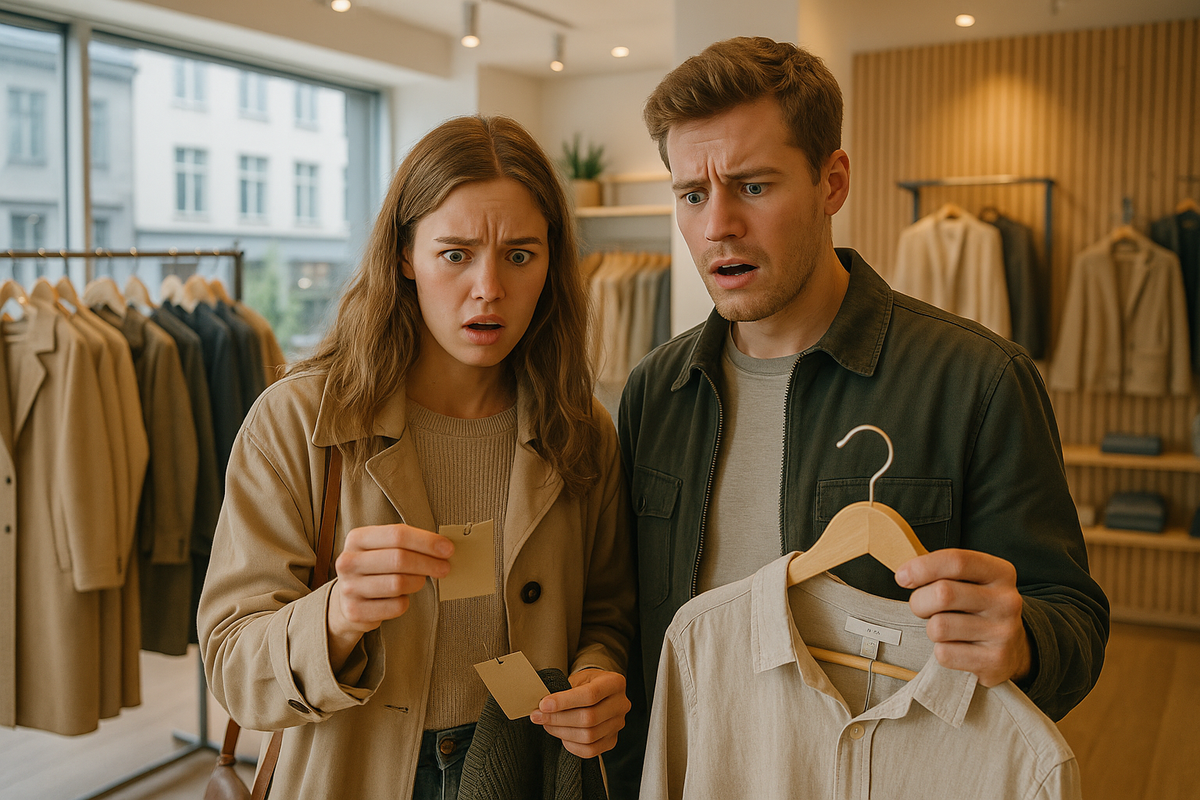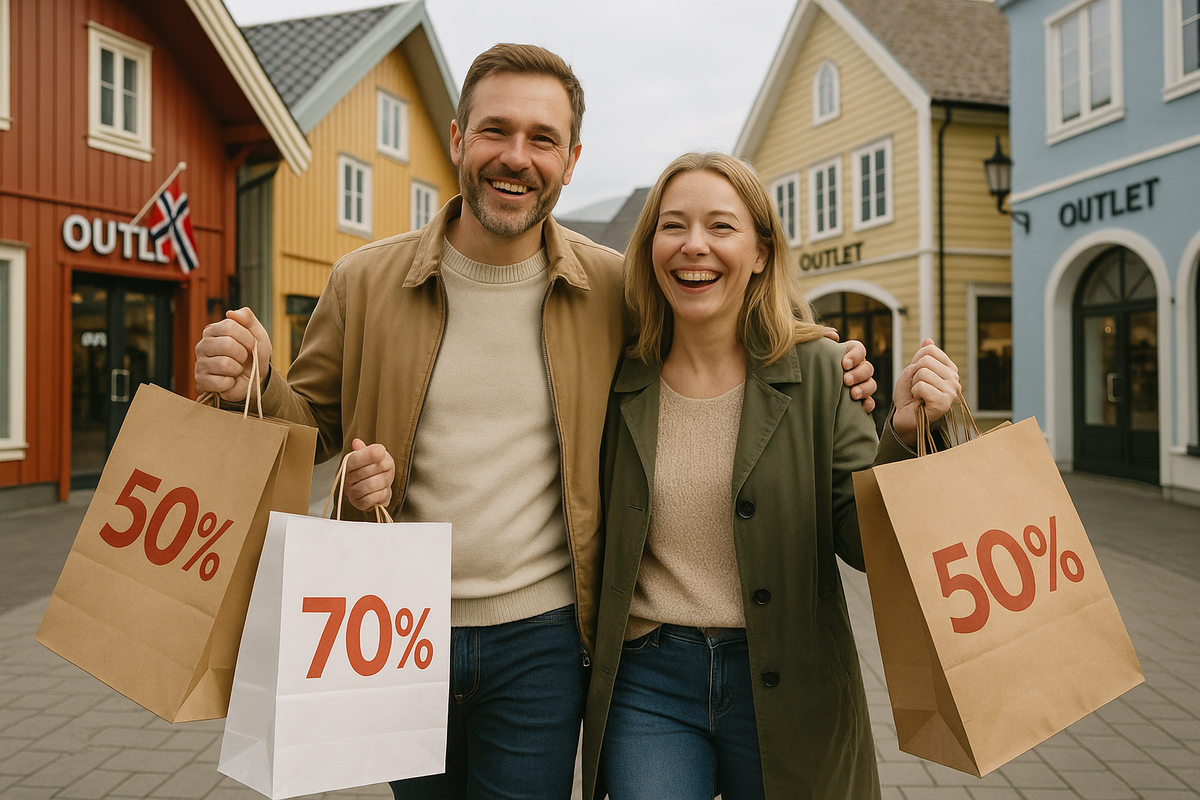Expensive? Yes. But smarter: why prices are high in Norway and how to save money

Norway is absolutely amazing! It's famous for its incredible quality: from its super-cosy warm sweaters to its supremely reliable outdoor equipment, and from its mouth-watering local delicacies to its stunning natural beauty, it's a place like no other! But this quality comes at a price. Travellers will be delighted to know that the difference in receipts is noticeable from the very first trip! And yet, shopping here is not only sensible, but can even be profitable! In this article, we'll delve into the reasons behind these prices and how they stack up against the rest of Europe. Then, we'll put together a dynamic set of tips, from tax-free and seasonal discounts to picking the perfect shops and shopping formats. The goal is to pay less and bring home more useful and long-lasting items.
Why are goods so expensive in Norway?
The high standard of living and salaries, strong social protection and strict labour standards all have a direct effect on the cost price. Also, there are high VAT and excise duties on a number of categories (including alcohol and some products), expensive logistics in this northern country and a relatively small domestic market. Fewer competitors means less price dumping. Add to this the need to protect the environment and focus on making products that last: using better materials, producing in a cleaner way, and having stricter controls. This means that items are less likely to be disposable, but the starting price is higher. This is not about paying too much for something that is not worth it, but about how much workers cost, how good the product is, and whether it will last.
Knowing why this is makes it easier to compare Norway with its European neighbours and plan your budget.

How much more or less money do you have to spend in Norway than in other European countries?
All services that require a lot of effort, such as cafes, services and hairdressers, cost a lot more than they do in the EU. Ready meals and alcohol are also more expensive because of taxes and rules. The products in supermarkets can vary a lot. You can find the same item in a supermarket for much less than in a delicatessen. Clothing and electronics are more or less the same price as in Europe, but specialist brands and outdoor equipment can be more expensive because of the materials and how well they work. Where you stay affects the price. It will cost more in busy tourist areas and on remote islands than in the suburbs of big cities. Almost everywhere, the price already includes tax, which makes it easy to compare and plan.
Once you understand this map, you can move on to saving tactics — they really work.
How can you make sure you're not paying too much for things in Norway?
Plan for sales (winter/summer, Black Friday in November) and buy last year's collections — you'll save a lot. For basic purchases, stick to discounters and special offers ("tilbud") — promotions are always clearly marked. Outlets and factory shops are great places to find outdoor clothing and knitwear. Apply for Tax Free: collect a form from the checkout, keep hold of your receipts and don't unpack your purchases until you reach the airport. Ask for your food and special treats to be packed in vacuum bags. If you love vintage and sustainability, check out the second-hand shops (there are lots of them and they're great). Alcohol is cheaper in Duty Free if you follow the import limits. And always check prices online before buying in-store.

Norwegian prices are amazing! They reflect values like decent work, eco-standards and a "less is more" culture. Know the rules of the game and you're all set for a stress-free shopping experience! Plan your sales, use Tax Free, choose the right formats and places — and you'll be able to bring home items that will last for years.
Come along and get your hands on those cosy jumpers and jackets we all need this time of year, not to mention all the delicious flavours of the North! And don't forget to share your experiences in the comments – let us know what tricks worked, where you found the best prices and what finds became your favourites.





1 comment
Log in to leave a comment